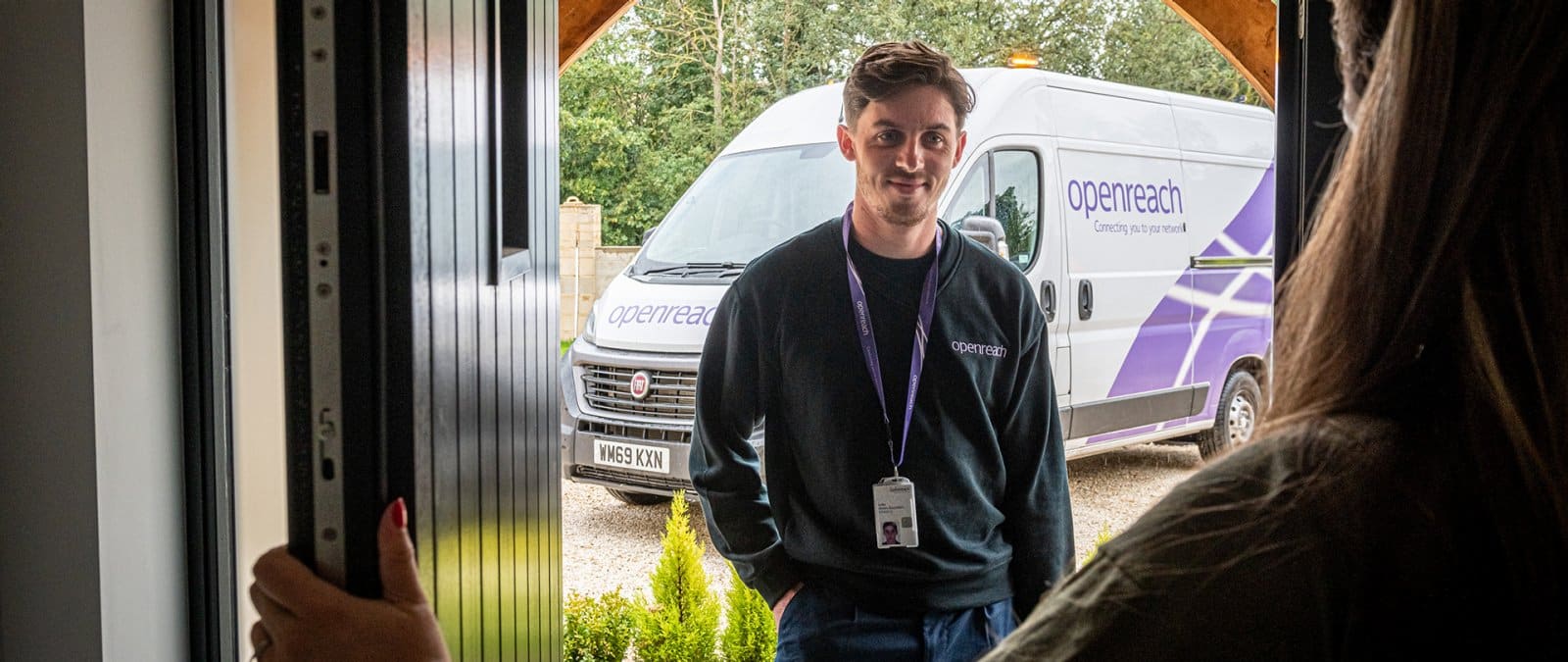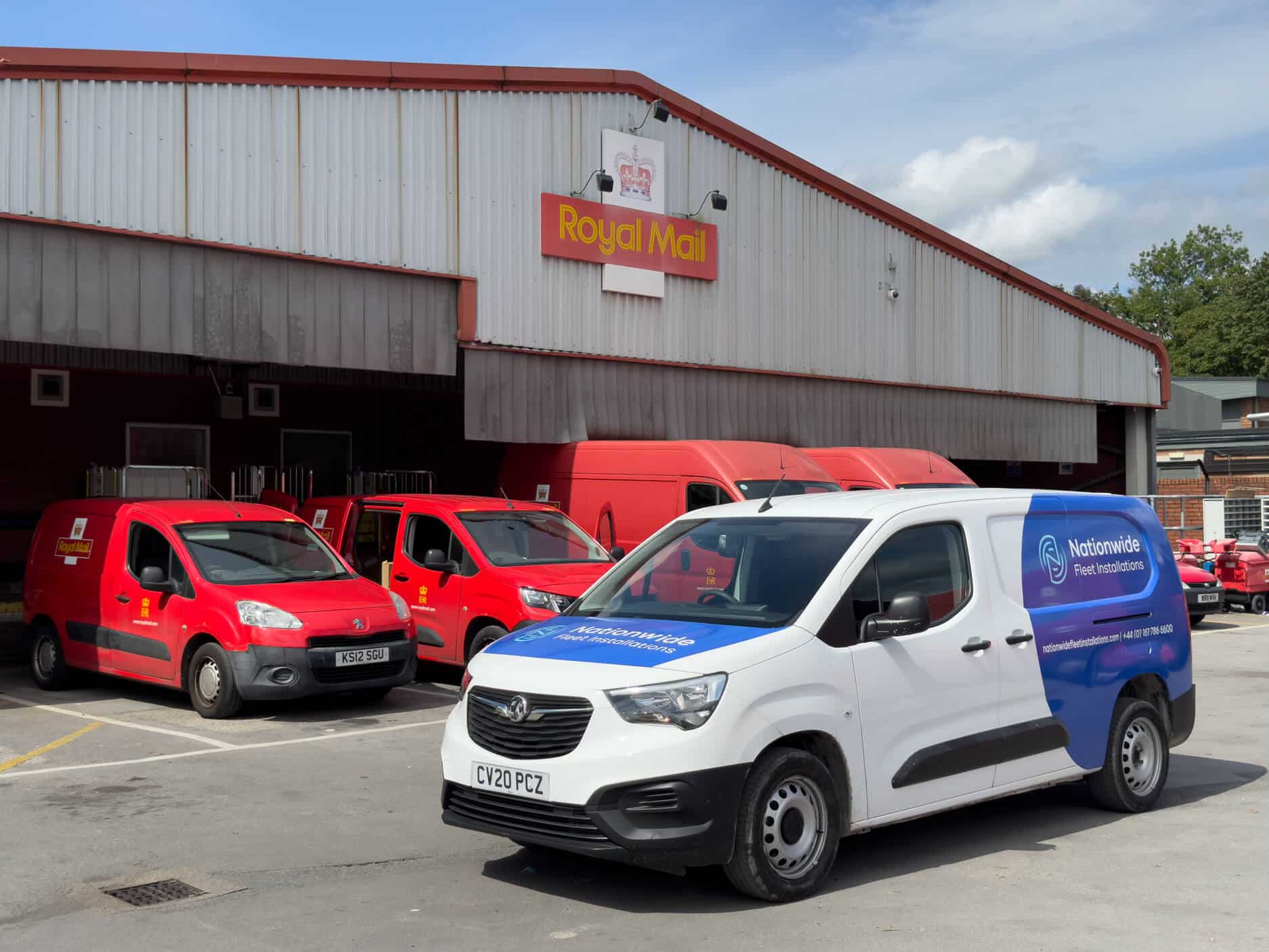Case Study
Global Supplier of Critical Infrastructure Equipment
The Brief
Our client provides crucial technology solutions to significant clients, including government departments and national rail services within the UK.
Our initial project involved the installation of telematics devices in 4000 support vehicles for a governmental department. These devices supplied the typical data one would expect from telematics equipment (location, movements, etc.), as well as recording driver behaviour and providing immediate feedback to correct and enhance their driving.
The fleet was composed of a variety of support vehicles, including cars, vans, trucks, and buses, with many different makes and models within each vehicle type. Part of the brief was to ensure all vehicles of the same model were fitted to a specific specification. Installation was to occur at various locations throughout the UK.
Initial steps
We assigned an experienced project manager to the job, along with an administration team to provide support for the project. Our first task was to compile a list of all the vehicles in the fleet, along with their makes and models. We then sent our senior engineers across the country to various locations where they could inspect an example of each model and design the ideal specification for equipment installation.
An installation specification document was drafted for each vehicle model. Once approved by the client, this was used by our engineers as an installation guide as well as a reference document for completing our post-installation quality audits.
Implementation
Each vehicle had to be individually handled during the initial booking process, which meant contacting each location on our list and agreeing on installation times, dates, and locations in full. All of this had to be fully documented so that there was no room for ambiguity since the vehicles in question were all multi-driver or multi-use vehicles. This meant getting each one tied down to a specific time and location, which was extremely challenging, to say the least.
Overall, the implementation went smoothly, especially when it was agreed that multiple vehicles could be made available at certain locations, which happened frequently.
Like with most projects involving a live fleet, the final 1% of the installations were the most challenging to pin down. We were aware of this from the very start, so a particular focus was made at this point to ensure that this last 1% was installed within the specified timeframe.
Stock handling support
As part of the implementation process, the various telematics components were shipped to our Manchester storage facility from various suppliers. Here, we fitted SIMs into each device, testing and configuring the units to ensure they were in full working order. The devices were then packaged into installation kits, ready to be dispatched to each location for use by our installation team.
When dealing with a live fleet of this size and complexity, it is essential that the SIM and unit details are recorded accurately. This process is completed electronically, resulting in no information issues.
Administration support
Our in-house administration team provides essential support to both our stores team in Manchester and our installation engineers in the field at various locations throughout the UK. They perform several roles, but among the most important is the accurate recording and monitoring of equipment. They see to it that equipment movements are recorded accurately by our stores team, all deliveries are closely monitored, and storage locations are constantly supervised.
As well as logging equipment, they also record installation data, keeping an accurate record of where telematics devices have been dispatched and the vehicles into which they have been fitted. From this data, they compile and deliver daily reports to all project stakeholders, keeping them informed of our progress.
Additional Information
While this was our inaugural project for this key governmental department, it certainly wasn’t our last. After employing the initial supply of telematics equipment, our client developed a deeper understanding of their needs, facilitating a more informed approach to their supplier requirements. Consequently, the procurement of enhanced telematics equipment was opened to competition, resulting in a new equipment provider. This occurred in 2016 and was reiterated in 2019, leading to an introduction of new equipment and an expansion of fleets requiring installation.
Our client chose to retain our services through each change in provider, a testament to the high-quality service we rendered to them and their end-users. The 2019 project encompassed the de-installation of the 10,000 pre-existing telematics devices, along with the installation of an additional 16,000.
With each new provider, we extended full-service support to our client throughout the term of provision. An integral part of this process was the management of spare parts (including storage, dispatch, and returns) and maintaining precise records of equipment and movements. Our booking team handled the service requests, ensuring that the correct parts were prepared for each specific job.
As is the case with any large fleet, there’s a significant turnover of vehicles, with old vehicles being decommissioned and new ones being added to the fleet. Equipment needs to be de-installed from all outgoing vehicles in the field, which could be at any of our client’s locations. In recent years, we have successfully completed more than 3000 of these ‘in-field’ de-installations.
All de-installed equipment has to be 100% accounted for and returned to our storage facility for basic refurbishment before being repacked into a new installation kit, ready to be fitted into a new vehicle. To minimise the amount of buffer stock required to support this process, refurbished units need to be ready for a new installation within four weeks of being removed from the previous vehicle. This process includes returning the device from wherever it was de-installed, refurbishing it at our Manchester storage facility, repacking it into an installation kit, and dispatching it to our engineers in the field.
Despite changes to the telematics providers, we have successfully supported this challenging and demanding client for almost a decade and are committed to continuing this partnership moving forward.
Get in touch
If you would like to understand how Nationwide Fleet Installations can help optimise your telematics and vehicle equipment roll out, contact us on 0161 786 6600 or email the team at info@nationwidefleetinstallations.com, and one of our team members will get back to you.



